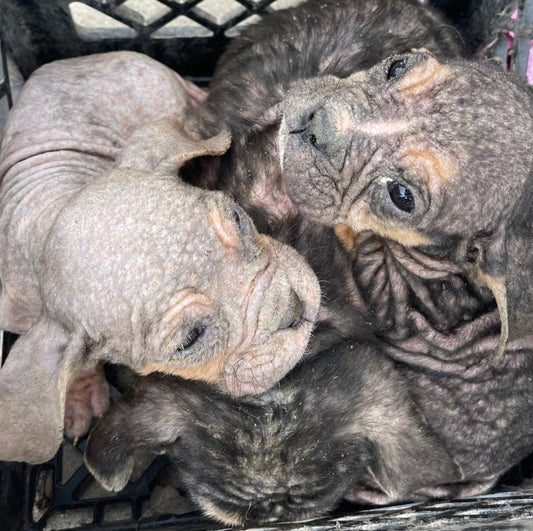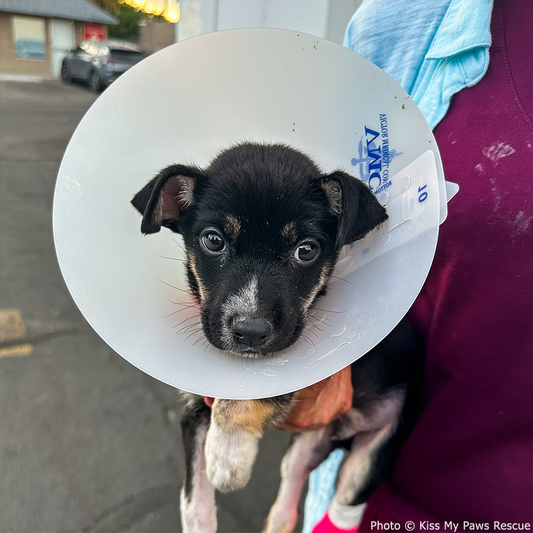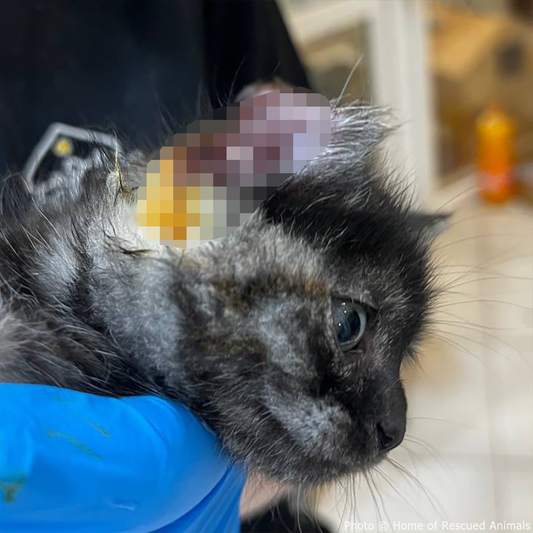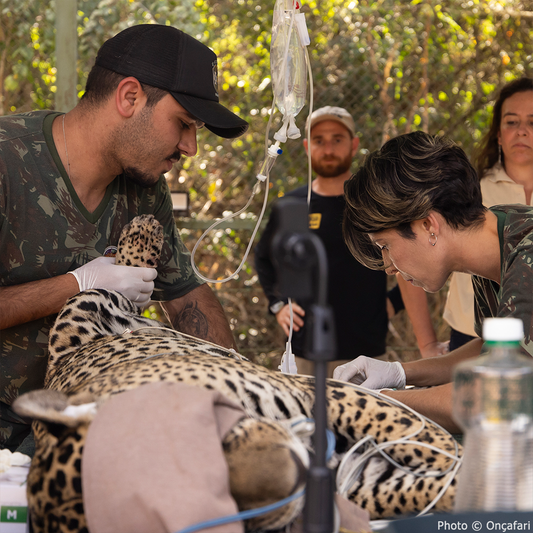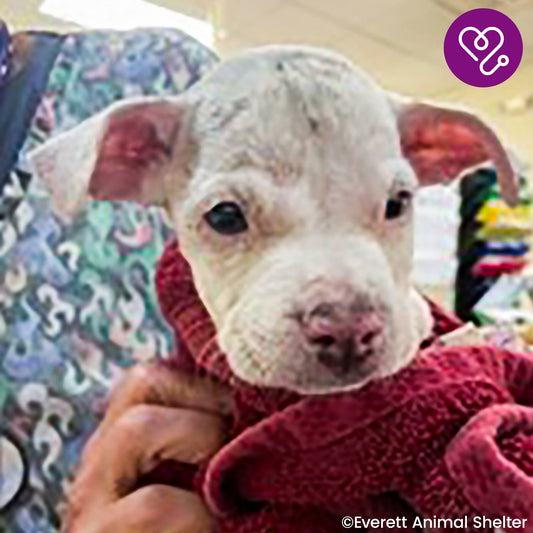The Dark Reality of Animal Cruelty in Film: What Price Are We Paying for Entertainment?
Matthew Russell
Pexels
Imagine sitting in a dimly lit theater, eagerly awaiting the start of a highly anticipated film. The screen flickers to life, and as the story unfolds, you become engrossed in its narrative. The characters captivate you, their emotions resonate, and the plot takes unexpected turns. But amidst the dazzling cinematography and gripping performances, there's a lingering question that begins to gnaw at your conscience: What price are we paying for this entertainment?
Animal rights advocates have long sounded the alarm about the treatment of animals in the film industry. Despite the existence of rules and laws designed to protect these vulnerable creatures, the fact is, there is currently no federal or state law that specifically governs the use of animals in filmed media. This allows for a shadowy underbelly to persist,where animals are harmed and even killed in the name of cinematic storytelling.
 Photo: Pexels
Photo: PexelsAnimal welfare in the film industry is a significant concern for animal rights advocates.
Rules and Laws: Protecting Animals on Set
In an effort to safeguard animal welfare during film production, various regulations have been put in place. The American Humane Association (AHA) oversees the implementation of guidelines known as the "No Animals Were Harmed" program. These guidelines require filmmakers to ensure the well-being of animals on set, including providing proper housing, food, and veterinary care. Additionally, animal safety representatives are present during filming to monitor and report any violations.
Furthermore, in the United States, the Animal Welfare Act (AWA) is a federal law that sets standards for the humane treatment of animals used in research, exhibition, and other industries, including film production. It establishes minimum requirements for animal care, handling, and transportation.
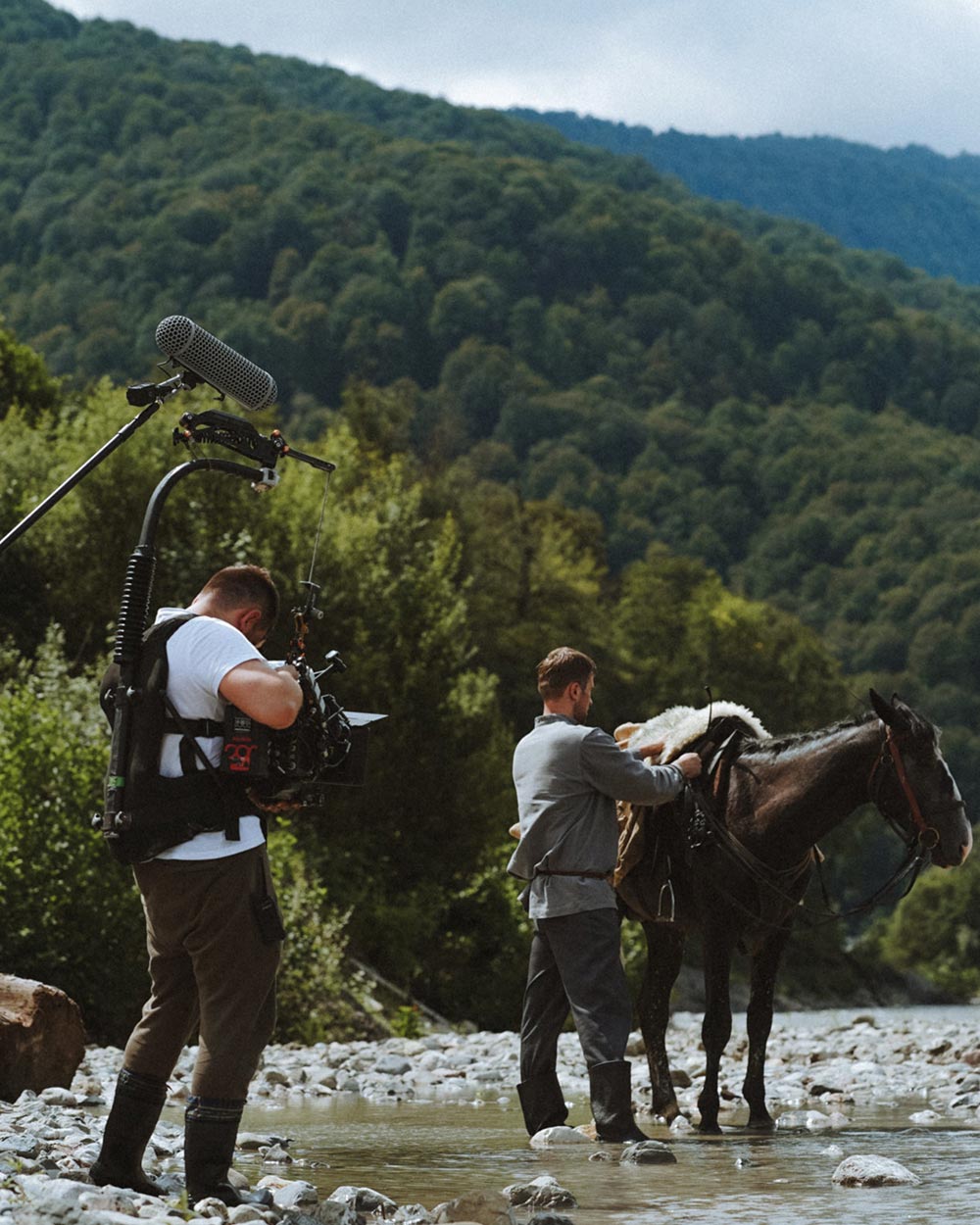 Photo: Pexels
Photo: PexelsRules and laws exist to protect animals on film sets, but loopholes and gaps still allow for their harm and even death.
Loopholes and Gaps: Exploitation at the Expense of Animals
Despite these regulations, animals in film continue to face risks and harm. Loopholes and gaps in the system allow for unethical practices to persist. One such gap is the exemption of certain animals from the AHA's oversight. This means that animals like fish, reptiles, and birds used in filmmaking may not receive the same level of protection as mammals, according to the USDA's Animal and Plant Health Inspection Service (APHIS) data.
Furthermore, international productions may operate under different regulations or lack effective enforcement mechanisms altogether, leading to potential exploitation of animals in those settings.
 Photo: Pexels
Photo: PexelsCertain animals, such as fish, reptiles, and birds, may be exempt from oversight, leaving them with less protection.
The Brutality of Harming or Killing Animals in Film
Harming or killing animals for the sake of cinematic storytelling is a brutal and unnecessary practice. It not only causes immense suffering to innocent creatures but also perpetuates a culture of disregard for their welfare.
Quentin Tarantino, a renowned filmmaker known for his bold and violent movies, draws a clear line when it comes to animal cruelty onscreen. He recognizes the incompetence and lack of justification in showcasing real harm to animals, highlighting the crucial distinction between make-believe violence and actual suffering.
“I have a big thing about killing animals in movies. That’s a bridge I can’t cross,” Tarantino told IndieWire. “Insects too. Unless I’m paying to see some bizarro documentary, I’m not paying to see real death. Part of the way that this all works is that it’s all just make-believe.
“That’s why I can stand the violent scenes, because we’re all just ----ing around," he continued. "[But] some animal, some dog, some llama, some fly, some rat, doesn’t give a ---- about your movie. I’d kill a million rats, but I don’t necessarily want to kill one in a movie or see one killed in a movie, because I’m not paying to see real death.”
 Photo: Pexels
Photo: PexelsAdvocating for stronger regulations is crucial to creating a more compassionate and humane film industry.
Ending the Barbaric Practice of Animal Cruelty in Film
The time has come for the film industry to reevaluate its treatment of animals and take a stand against this barbaric practice. Stricter regulations and enforcement are necessary to ensure comprehensive protection for all animals involved in filmmaking, regardless of species. Filmmakers also have the option to embrace alternative methods, such as computer-generated imagery (CGI) and animatronics, to depict animal characters without subjecting live animals to potential harm.
As consumers, we have a responsibility to support ethical filmmaking practices. By choosing films that prioritize animal welfare and advocating for stronger regulations, we can contribute to the shift towards a more compassionate and humane film industry.
Let us join forces to create a world where animals are respected and their well-being is not sacrificed for the sake of entertainment. It is time to end the exploitation of animals in film and foster a culture of compassion and empathy towards all living beings. Sign the petition and make a difference!
Matthew Russell is a West Michigan native and with a background in journalism, data analysis, cartography and design thinking. He likes to learn new things and solve old problems whenever possible, and enjoys bicycling, spending time with his daughters, and coffee.


